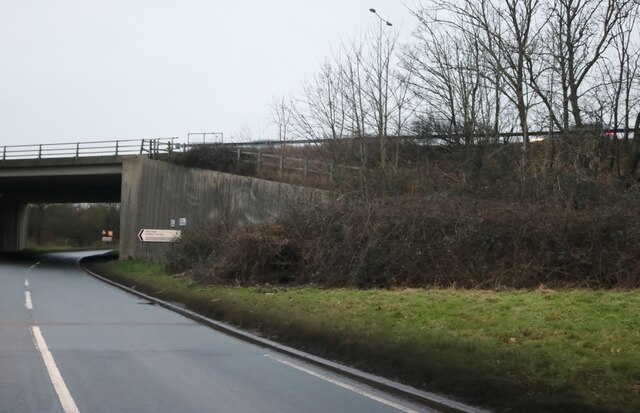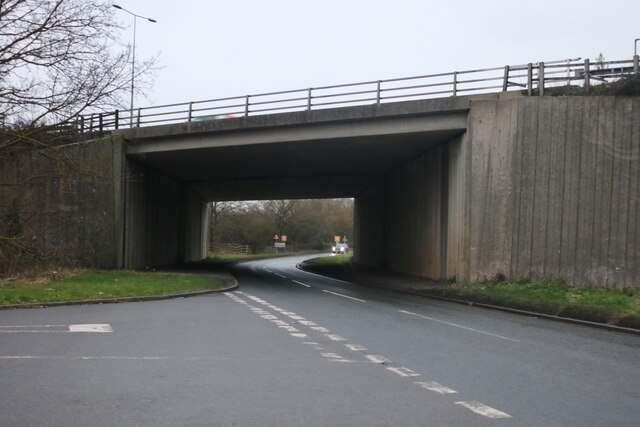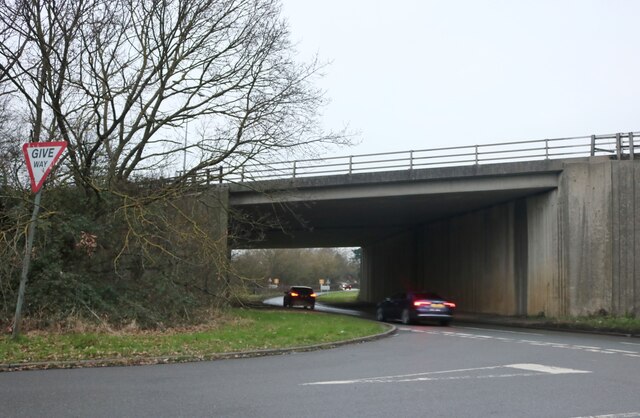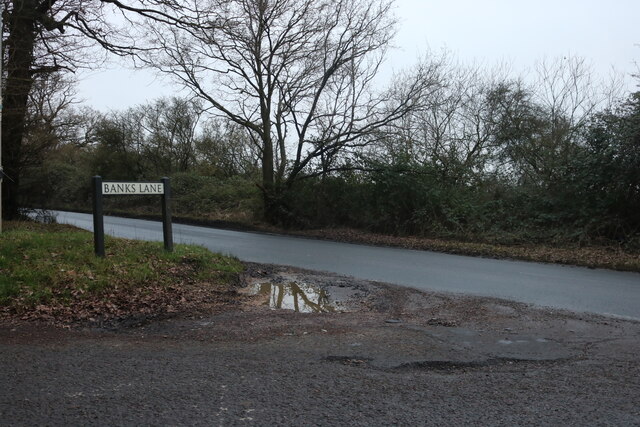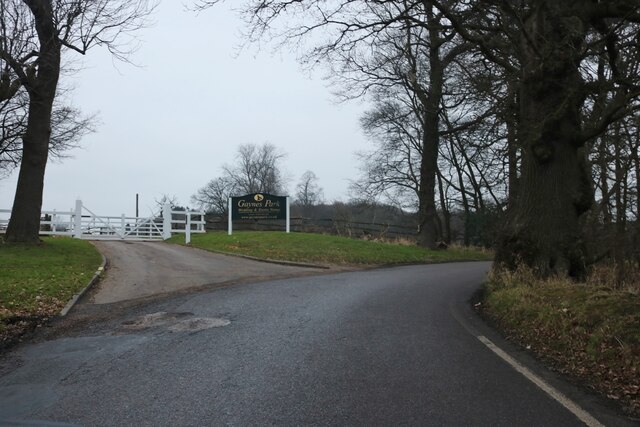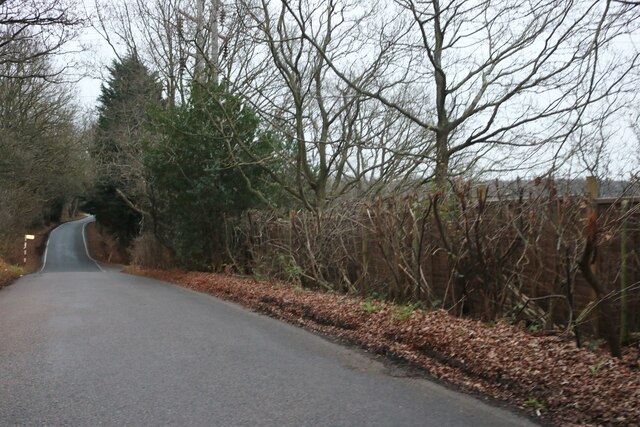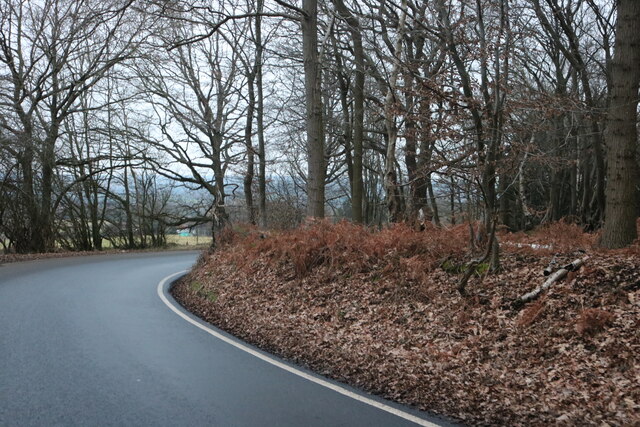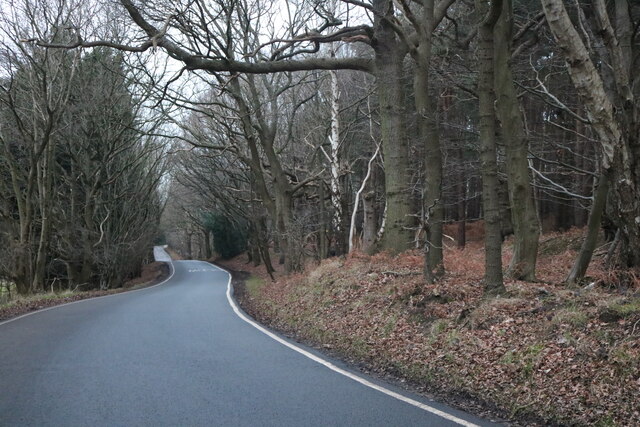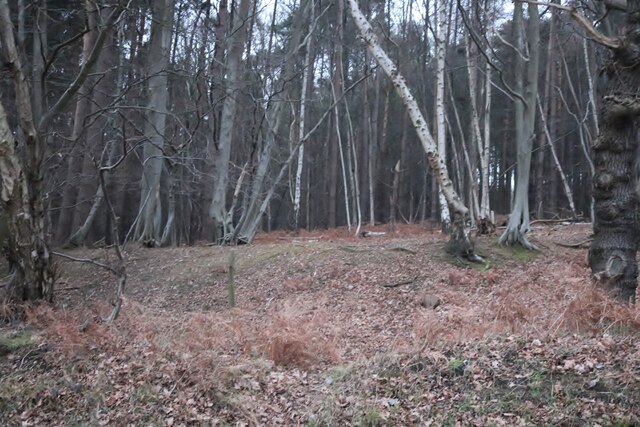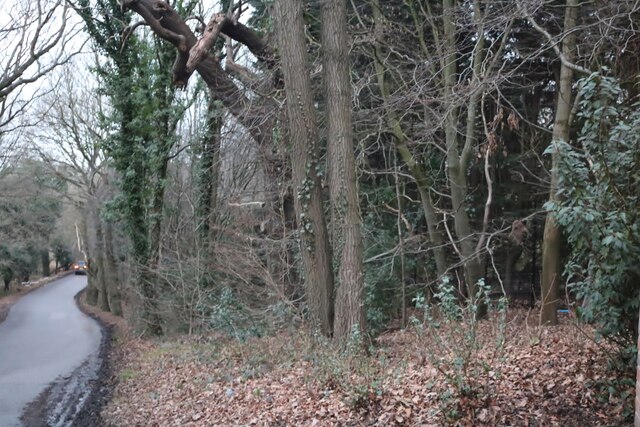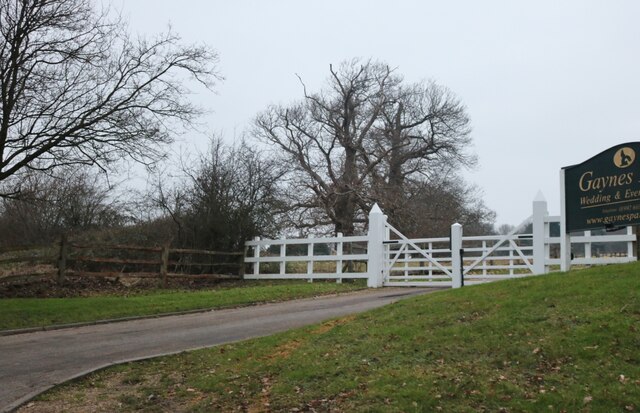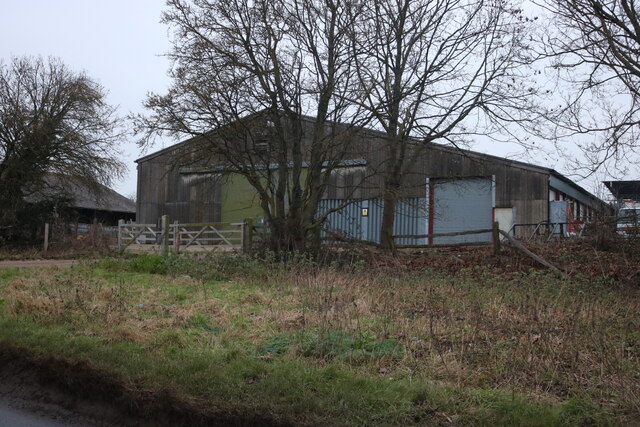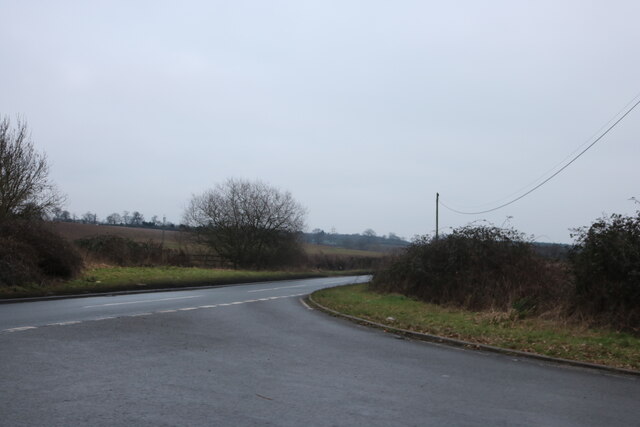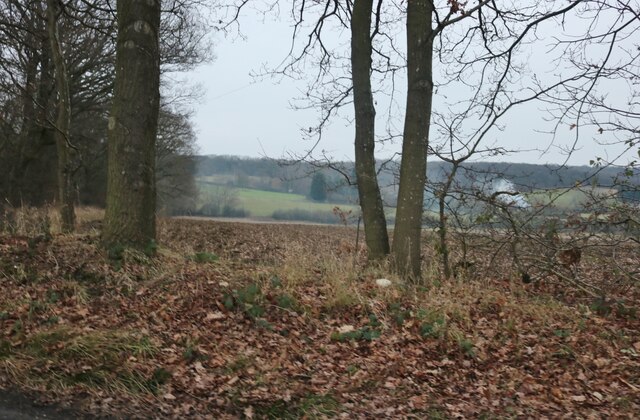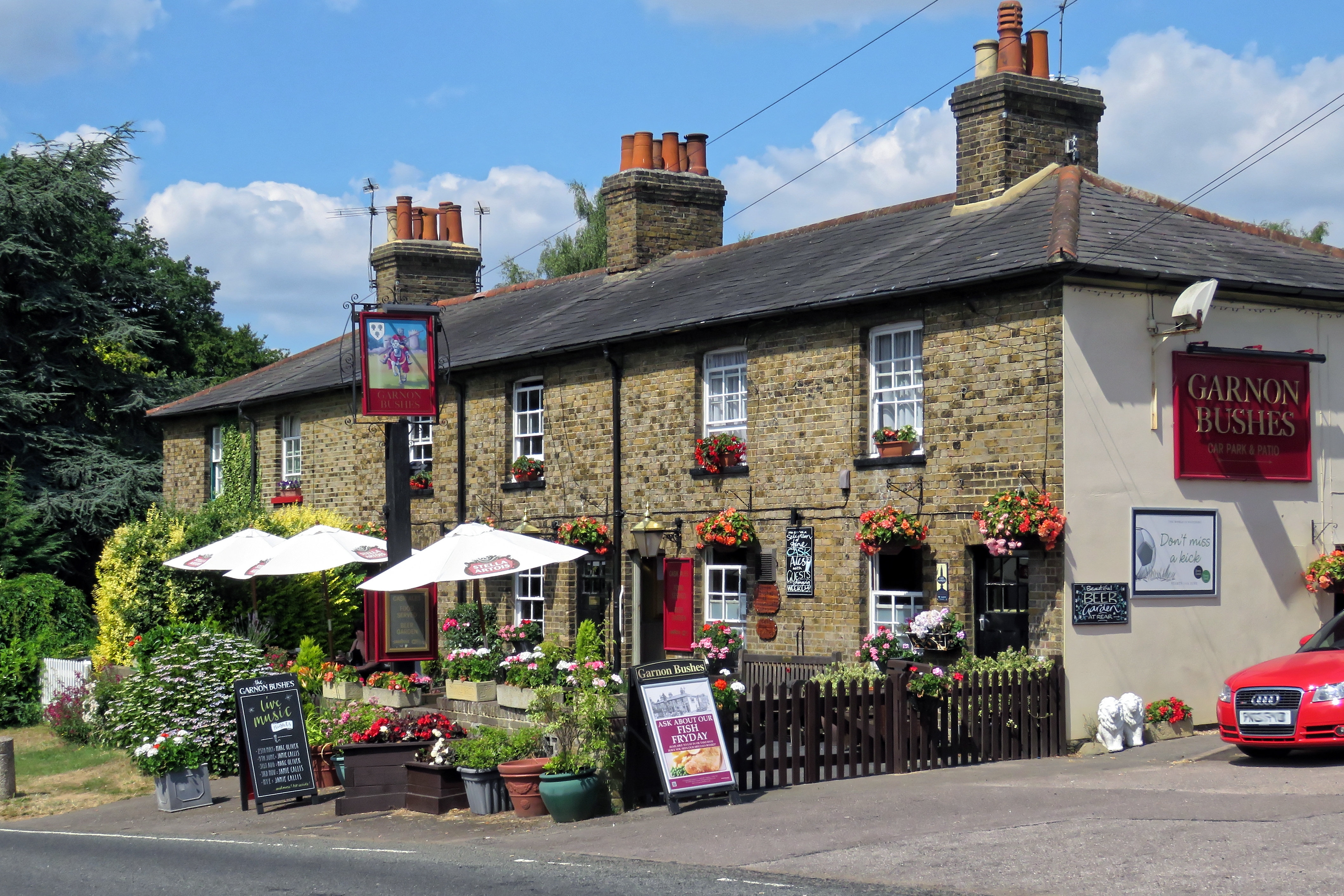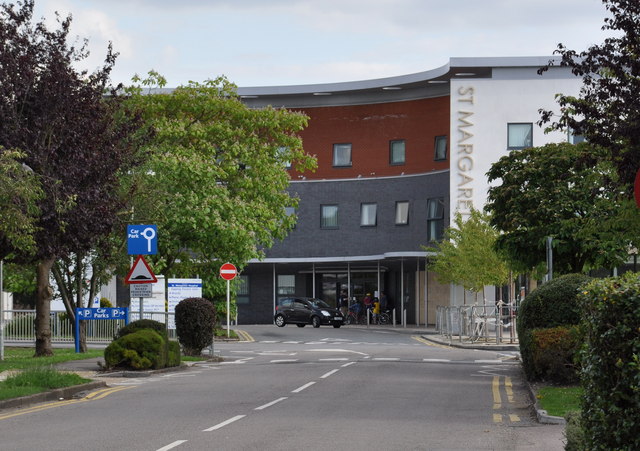Gernon Bushes
Wood, Forest in Essex Epping Forest
England
Gernon Bushes

Gernon Bushes is a picturesque woodland area located in the county of Essex, England. Nestled within the larger Epping Forest, Gernon Bushes is known for its rich biodiversity and tranquil atmosphere, making it a popular destination for nature enthusiasts and hikers.
Covering an area of approximately 100 hectares, Gernon Bushes is characterized by its dense, ancient woodland. The site is home to a wide variety of tree species, including oak, beech, and birch, which create a vibrant canopy that shelters an array of wildlife. The forest floor is adorned with an assortment of flowering plants and ferns, adding to the area's natural charm.
Visitors to Gernon Bushes can explore a network of well-maintained footpaths and trails that wind through the woodland, providing an opportunity to immerse themselves in the peaceful surroundings. The area is also intersected by small streams and ponds, attracting a variety of bird species and other aquatic wildlife.
One notable feature of Gernon Bushes is its history. The woodland has been part of Epping Forest for centuries, dating back to the medieval times when it was used for hunting by the local nobility. Today, the area is protected and managed by the City of London Corporation, ensuring its preservation for future generations.
Overall, Gernon Bushes offers visitors a chance to escape the hustle and bustle of urban life and connect with nature. Whether for a leisurely stroll, birdwatching, or simply enjoying the serenity of the woodland, this tranquil Essex gem is a haven for those seeking a peaceful retreat in a natural setting.
If you have any feedback on the listing, please let us know in the comments section below.
Gernon Bushes Images
Images are sourced within 2km of 51.702986/0.13960093 or Grid Reference TL4702. Thanks to Geograph Open Source API. All images are credited.



Gernon Bushes is located at Grid Ref: TL4702 (Lat: 51.702986, Lng: 0.13960093)
Administrative County: Essex
District: Epping Forest
Police Authority: Essex
What 3 Words
///things.pits.marble. Near Epping, Essex
Nearby Locations
Related Wikis
Gernon Bushes
Gernon Bushes is a 32 hectare nature reserve north-east of Epping in Essex. It is managed by the Essex Wildlife Trust. It is part of the Epping Forest...
Coopersale
Coopersale, also termed Coopersale Common, is a village in the civil parish of Epping, within the Epping Forest District of Essex, England. In 2018 it...
Coopersale Street
Coopersale Street is a hamlet in the civil parish of Epping, within the Epping Forest District of Essex, England, and is 1,300 yards (1,000 m) east from...
St Margaret's Hospital, Epping
St Margaret's Hospital is a hospital in Epping, Essex. It is managed by the Princess Alexandra Hospital NHS Trust. == History == The hospital has its origins...
Nearby Amenities
Located within 500m of 51.702986,0.13960093Have you been to Gernon Bushes?
Leave your review of Gernon Bushes below (or comments, questions and feedback).

